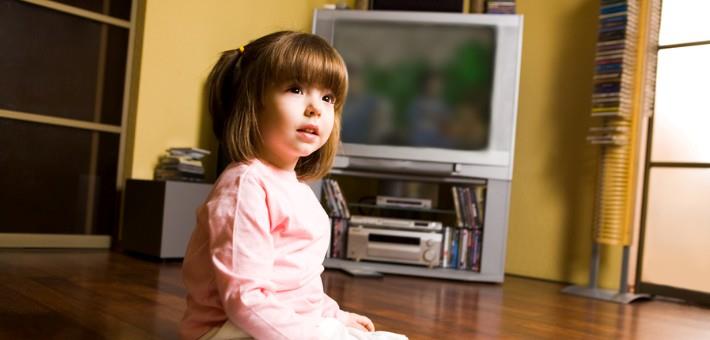
High Rates of Background Television Exposure for American Children
Research shows that background television can harm children’s cognitive functioning and social play. But how much are kids exposed to background TV anyway? New research reveals startling numbers The study, appearing this week in Pediatrics, provides the first estimates of the prevalence of background television exposure in the homes of young US children. The sheer amount of background television in the homes of US children is startling. On a typical day, the average American child is exposed to no less than four hours of background TV.
Take aways
- US children (8 months to 8 years old) are exposed to nearly 4 hours of background television on a typical day.
- Younger children, African American children, and children with parents who have less formal education are exposed to more background television.
- Turning the TV off when no one is watching and keeping the television out of children’s bedrooms are associated with reduced background television.
- Efforts to teach parents about what background television is as well as simple recommendations for reducing background television at home, such as turning off the TV when no one is watching, are recommended.
Study information
The question?
- How much background television are US children exposed to on a typical day?
- What demographic factors are associated with children’s background television exposure?
- What home media practices are associated with children’s background television exposure?
Who?
1,454 American parents / caregivers with 1 child between 8 months and 8 years old
Where?
United States
How?
Parents answered questions about the child’s demographics, their home media environment, and their media use. They also completed a 24-hour time diary during a typical day, to provide insight into the use of media.
Facts and findings
- On average, US children between 8 months and 8 years are exposed to an average of 232.3 minutes of background television on a typical day.
- Exposure to background television is highest for younger children, African American children, and children of parents with less formal education.
- The presence of a television in a child’s bedroom and the increased incidence of keeping a television on in the home when no one is watching predicted significantly greater background television exposure.